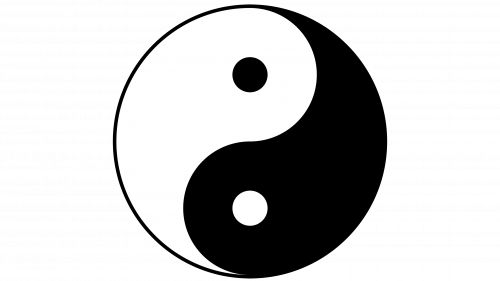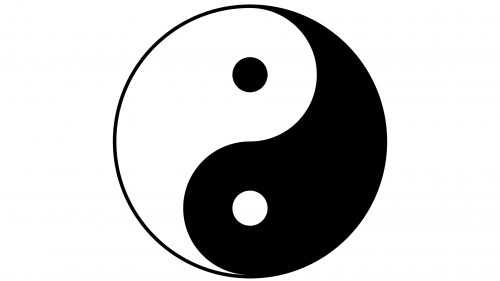Yin Yang is a key concept in Taoist philosophy, symbolizing two opposites inextricably linked and complementary to each other. Researchers believe that this concept was formed in Chinese philosophy at the turn of the 8th and 7th centuries B.C., and finally took shape around the 5th century B.C.
Meaning and history
There is probably not a single person who has not heard of the Chinese symbols of Yin-Yang: the feminine and masculine beginning, the light and dark side of life.
Yin is the feminine principle of matter, moist, dark, passive, soft, compliant, and intuitive, associated with the earth, valley, trees and flowers, moon animals, and birds. The binary classification also symbolizes the north, darkness, death, earth, moon, even numbers, etc.
Yang – the male principle, dry, bright, active, solid, unyielding, rational, associated with the sky, mountains, sunny animals, and birds. In the binary classification, it is equated with the south, light, life, sky, sun, and odd numbers.
This circle should be seen as rotating, whereby darkness inevitably alternates with light, and then light alternates with darkness. Chinese philosophers argue that even in the purest light there is a certain element of darkness, and vice versa. Therefore, in the center of each half is depicted a small circle painted in the opposite color: black on a white background and white on a black background.
This symbolism is commonly believed to be based on the teachings of the ancients about fertility, reproduction, the phallic cult, etc. This interpretation is seen, for example, in ancient China not as a result of opposition, but as a result of the interaction of opposites, that is, their unity.
This simple image of balanced dynamism symbolizes the interdependence of opposing forces and principles in the cosmos. Considering that perfect androgyny would form an undivided circle, the yin-yang symbol implies that each divided half contains the seed of the other. The creative tension, alternation, and fusion of yin-yang give rise to change and movement, development, and complexity.
What is Yin Yang?
Yin Yang is a symbol of Chinese origin. The Chinese call it Tai Shi – the circle of existence. It is symbolized by a circle divided into two equal parts by an S-shaped curve: dark, female (yin), and light, male (yang).
The Symbol
The graphical emblem, symbolizing one of the postulates of the Taoist philosophy, depicts a circle, divided into two equal symmetric drop-like parts with a solid drop-eye on each. In some versions the elements can be outlined, adding additional contrast and brightness, but the original Yun Yang symbol is executed in monochrome, with plain shades and clean contours of the elements. The black part is Yin and the white — Yang.
This symbol is based on the Great Divide symbol, which is an empty circle divided in the same way, but without the painted parts and any additional elements. By the way, this image is considered an emblem of classical Chinese philosophy.
Yin-Yang dualism implies that there are always opposing entities, phenomena, forces, or principles that are mutually complementary and allow each other to exist. At the same time, the following division has been historically formed: Yin – darkness, softness, tranquility, soul, femininity; Yang – light, hardness, movement, reason, and masculinity.
An important feature of the symbol is the presence of a small dot of the opposite color in each of the areas. in these dots laid deep meaning.
They show that there are no pure extremes in nature. Neither evil nor good can be absolute. In every darkness, there is a ray of light, and in light, there is always a little bit of darkness. These points are meant to emphasize that it is impossible to separate opposites, for they are always much more connected than they might at first seem.








